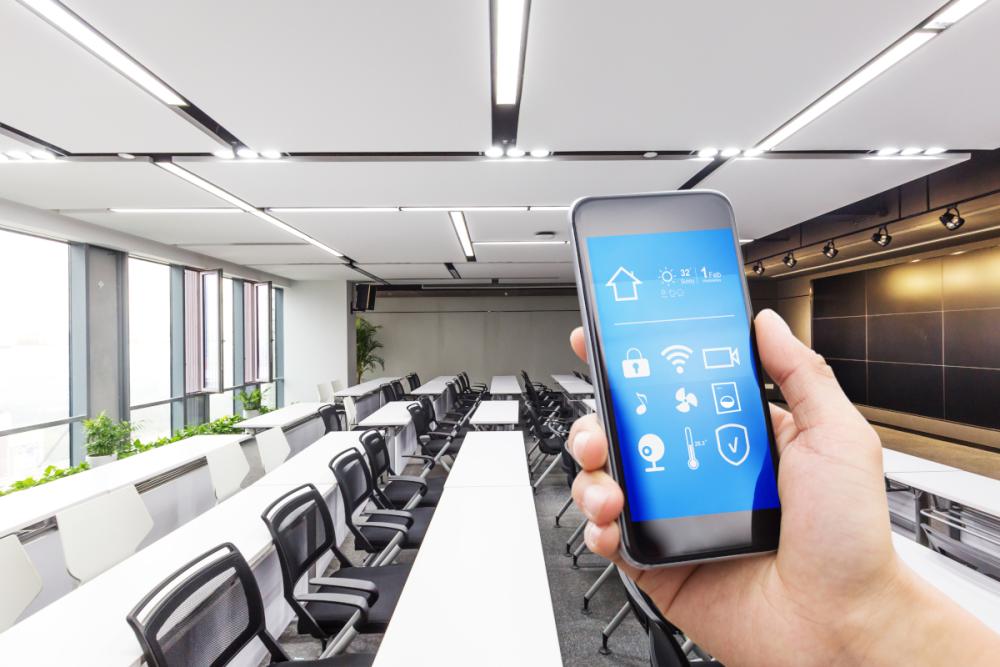ESTCP - Advanced lighting controls

Did you know that advanced lighting controls could result in an average of nearly 70% lighting energy savings?
This free training resource includes 16 short sessions for installation managers and 17 in-depth longer sessions targeting lighting designers and contractors.
Topics include:
- Fundamentals of lighting control systems
- Common advanced control strategies including task tuning, daylighting, occupancy sensing, HVAC integration and emergency lighting
- Types of controls
- Case studies
- Introduction to DesignLights Consortium
- Cybersecurity.
Who should view this series?
Department of Defense (DoD) installation managers are encouraged to complete our brief 15-minute recordings on advanced lighting control topics. These sessions are intended for installation managers who may lack background or experience in advanced controls.
Our one-hour courses at WBDG are intended for lighting designers and contractors, energy service companies (ESCOs), and utility energy service contractors (UESCs). Each course will be presented by an industry expert.
Learn more about the project on our blog.
About ESTCP
The Environmental Security Technology Certification Program (ESTCP) is the U.S. Department of Defense’s environmental technology demonstration and validation program. The program’s goal is to identify and assess innovative technologies that address DoD’s high-priority environmental requirements efficiently and cost-effectively.